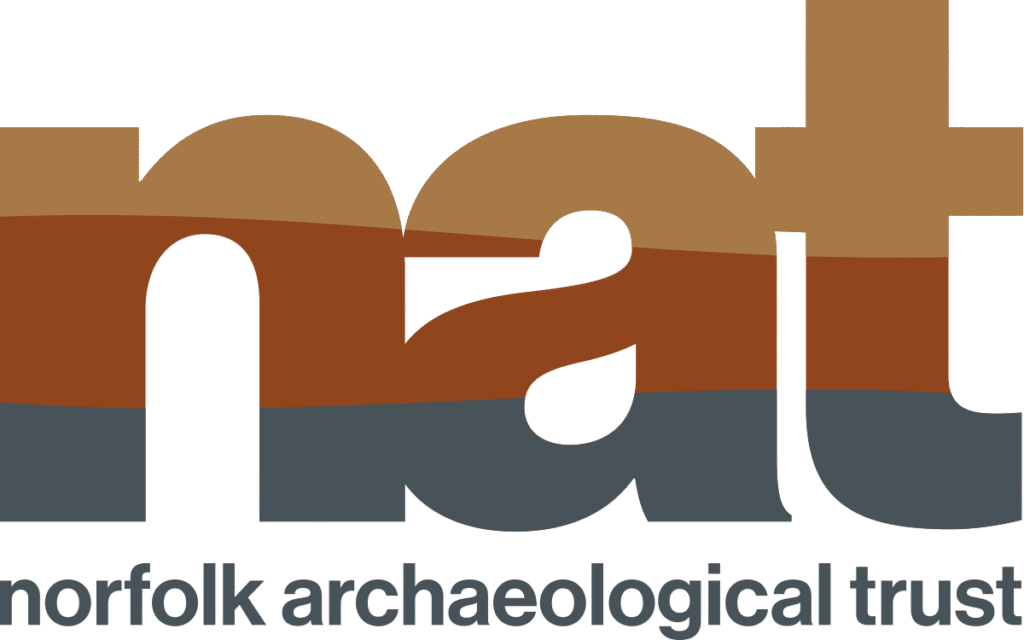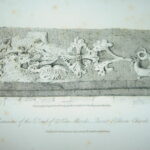Norfolk Archaeological Trust – Past Present and Future
Saturday 15th November 2.00pm Needham IP20 9LB

In November we’re welcoming Fran Young from the Norfolk Archaeological Trust who, as part of their centenary celebrations, will be discussing how they were formed, how they have changed over the years, and what they envisage in the future, including challenges they face and how they are meeting them.
Founded in in 1923 by prominent local figures in the fields of archaeology and history, they wanted to promote field surveys, organise excavations and research, and record and preserve archaeological sites and finds.
The acquisition and management of historic properties was a key element of NAT’s mission from the start. In the early years NAT bought important historic buildings, including Bishop Bonner’s Cottage in Dereham, the Greenland Fishery House in King’s Lynn, the Great Hall in Oak Street, Norwich and part of the precinct of Binham Priory.
In the late 20th century NAT turned its attention to significant rural monuments in the county which were at risk from ploughing and neglect. These included Venta Icenorum, the Roman town at Caistor St Edmund, the mysterious undated earthwork enclosure at Tasburgh, a substantial portion of Burgh Castle, including the spectacular Roman fort, the Abbey of St Benet at Holm, the Iron Age fort at South Creake, part of Binham Priory, the gatehouse and precinct of Burnham Norton Friary and a prehistoric barrow at Fiddler’s Hill, between Binham and Warham.

Image credit. Nick Stone


